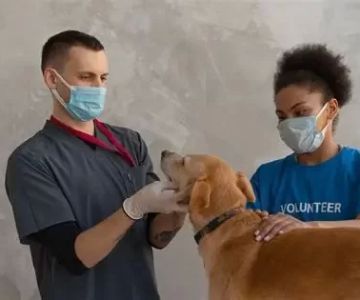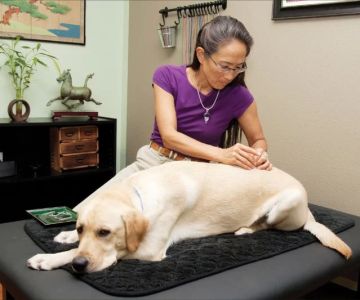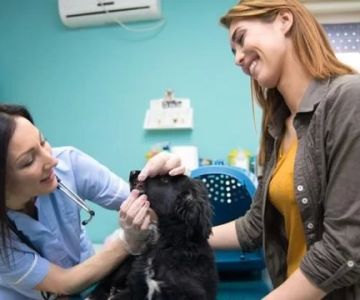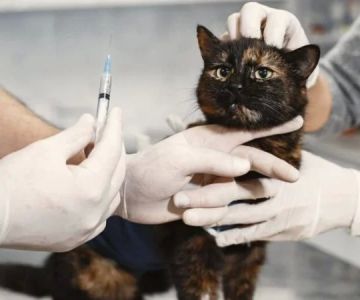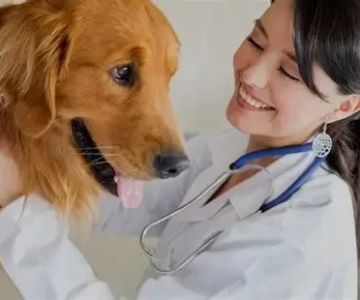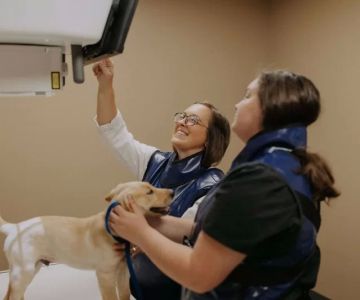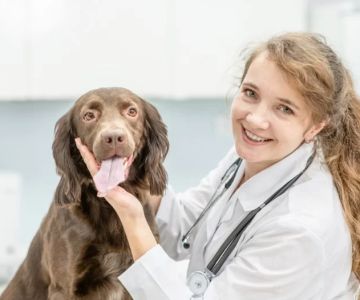What You Need to Become a Veterinarian: A Step-by-Step Guide
- 1. Education Requirements to Become a Veterinarian
- 2. Key Skills and Qualities Every Veterinarian Needs
- 3. The Veterinary School Process: What to Expect
- 4. Internships and Training: Gaining Practical Experience
- 5. Certification and Licensing to Practice Veterinary Medicine
- 6. Career Paths for Veterinarians: Beyond Clinical Practice
1. Education Requirements to Become a Veterinarian
Becoming a veterinarian requires a solid educational foundation, and it’s important to understand what is involved in the process. I’ve learned that the journey to becoming a veterinarian is both rigorous and rewarding. The first step on this path is earning a Bachelor’s degree in a related field, such as biology, animal science, or chemistry. During my undergraduate years, I focused heavily on subjects like biology and physics, as they laid the groundwork for veterinary school.
Once you complete your undergraduate degree, the next step is to attend a veterinary school accredited by the American Veterinary Medical Association (AVMA). Veterinary schools typically offer four years of intensive training, with the first two years focusing on classroom-based learning, while the last two years involve hands-on clinical training. Veterinary school is a challenging experience, but it equips students with the knowledge and skills required to care for animals of all kinds, from household pets to livestock and exotic animals.
2. Key Skills and Qualities Every Veterinarian Needs
While education is essential, certain personal qualities and skills are equally important in becoming a successful veterinarian. In my own experience, I’ve learned that a passion for animals and a strong sense of compassion are key driving forces for any veterinarian. However, beyond these personal attributes, veterinarians need specific technical and interpersonal skills to thrive in their profession.
Technical skills: A deep understanding of animal biology, disease processes, and medical procedures is crucial. Throughout veterinary school, I spent countless hours in laboratories, learning how to diagnose and treat a wide range of conditions. The ability to perform surgeries, manage anesthesia, and handle emergency situations is also vital in this line of work.
Communication skills: Being a good communicator is critical, especially when explaining diagnoses and treatment plans to pet owners. It’s equally important when collaborating with other veterinarians and veterinary technicians. I quickly learned that effective communication is essential for building trust and providing the best care for animals.
Problem-solving skills: Veterinary medicine often requires creative thinking, especially when treating animals with complex health issues. The ability to think on your feet and make decisions under pressure is crucial, particularly when working with critical care patients.
3. The Veterinary School Process: What to Expect
Veterinary school is known for being highly competitive, and the process of getting accepted can be rigorous. I remember spending a lot of time preparing my application, including gaining experience by volunteering at animal shelters and veterinary clinics. Veterinary schools often require applicants to have a certain number of hours of hands-on experience working with animals, so getting this experience early on is key.
Once you’re accepted into veterinary school, you’ll undergo a combination of coursework and clinical rotations. The first two years typically focus on subjects like anatomy, physiology, pharmacology, and pathology. During the last two years, you’ll begin working directly with animals, under the supervision of licensed veterinarians. This clinical experience is essential in developing the skills necessary to diagnose and treat animals effectively.
The journey through veterinary school can be challenging, but the experience provides the knowledge and hands-on training needed to enter the field as a confident and competent veterinarian.
4. Internships and Training: Gaining Practical Experience
During veterinary school, internships and externships are essential for gaining practical, real-world experience. In my case, I completed multiple internships at animal hospitals, where I had the chance to work directly with veterinarians in various specialties, such as surgery, emergency care, and dermatology. This exposure gave me a deeper understanding of different aspects of veterinary medicine and helped me develop the practical skills I would need once I began working independently.
In addition to internships, many veterinary programs require clinical rotations in their final years. These rotations give students the opportunity to handle a wide range of cases, including routine care, emergency surgeries, and specialized treatments. I found this hands-on experience invaluable in preparing me for the challenges I would face as a licensed veterinarian.
5. Certification and Licensing to Practice Veterinary Medicine
After completing veterinary school, the next critical step is becoming licensed to practice as a veterinarian. In the United States, this typically involves passing the North American Veterinary Licensing Exam (NAVLE), which assesses your knowledge in veterinary medicine. Once you pass the NAVLE, you can apply for a license from the state in which you wish to practice. Each state has its own licensing requirements, so it's important to research the specific regulations in your state.
For example, in Ohio, veterinarians must also pass the Ohio Veterinary Medical Licensing Exam and fulfill continuing education requirements to maintain their license. Some veterinarians also choose to specialize in specific areas of veterinary medicine, which requires additional certification from specialty boards. This advanced certification helps demonstrate expertise in fields such as surgery, dentistry, or internal medicine.
6. Career Paths for Veterinarians: Beyond Clinical Practice
While many veterinarians choose to work in private practices or animal hospitals, a veterinary degree opens up many career options outside of traditional clinical work. In my experience, I’ve seen many colleagues thrive in non-clinical roles that still allow them to work with animals or contribute to veterinary science in other ways. Some alternative career paths include:
- Veterinary Research: Veterinarians can work in research labs, investigating animal diseases, developing new medications, or studying animal behavior.
- Public Health: Veterinarians in public health help control the spread of diseases that can affect both animals and humans, often working for government agencies.
- Veterinary Industry: There are opportunities to work in the pharmaceutical or pet food industries, developing products that enhance animal health.
- Teaching and Academia: Some veterinarians become professors, teaching the next generation of veterinary professionals.
These diverse career paths demonstrate that a veterinary degree offers a range of opportunities beyond traditional clinical practice, allowing you to contribute to the field in many meaningful ways.

